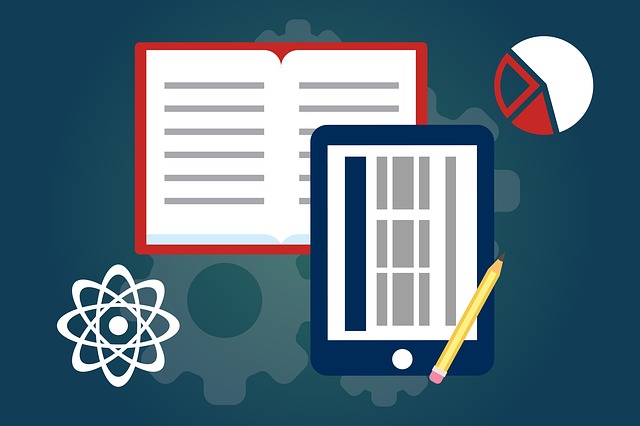A learning management system (LMS) allows you to efficiently create and distribute lessons and courses. The easy management and organization of large amounts of content, students, schedules, performance data, etc., make an enterprise LMS invaluable for training companies and schools.
LMSs include features such as distributing files, handouts, exams, and grades to students with ease.
Here’s how LMS empowers you to deliver better learning experiences for your students.
A Complete Learning Platform
According to reports, the demand for intelligent and interactive learning platforms, open online courses, mobile education, and online tutorials has increased the demand for the LMS market.
LMS tools come with an array of features and components that you can use to create engaging learning experiences. The courses created in the system allow for effective sharing and tracking of data.
With a comprehensive LMS, training managers and teachers can easily track students’ progress and measure their performance on assignments. It ensures that they are on track to meet the required learning outcomes.
Some of the other benefits that come with LMS tools include:
• Improved collaboration and communication through forums, live chat, and message boards channels
• Easy customization of lesson plans, student groups, assessments, schedules, logos, and similar aspects specific to an organization or training company
• The creation of branded learning experiences to integrate content into different platforms
• Collaboration on projects, sharing files and videos, tracking tasks, recording feedback, and more
Efficient Distribution
LMS tools allow instructors and administrators to manage assignments, distribute course material, communicate with students, and manage grades effortlessly.
With LMS tools, training managers can even distribute content across different devices (including mobile), making it accessible wherever you are.
It helps users save time spent moving files from one device to another and improve ease of access.
Some tools even allow for integrating third-party applications and content, such as YouTube videos and Google Classroom posts. With LMS systems, you can distribute exams with the click of a button, record scores in real-time, and analyze results quickly.
Personalized Learning Experience
LMS tools allow students to interact with course content and their peers in real-time.
Not only does this help improve communication and collaboration, but it also helps teachers identify and address specific issues faced by students during training sessions.
With the support of an enterprise LMS platform, learners can engage with the learning material at their own pace, allowing employees to perform better.
Easy Assessment and Reporting
LMS tools come with several assessment options that allow you to measure students’ strengths and weaknesses, assess knowledge gained through lessons, tests, projects, etc., and generate results in real-time.
Training managers can easily track individual student performance across various programs, measure success rates, and identify individuals needing extra support or guidance with LMS tools.
Tools with built-in analytics capabilities further allow users to gain valuable insights into the training process, which help improve results in the future.
Scalability and Flexibility
LMS tools offer a scalable and flexible solution to cater to a variety of training requirements.
Tools offer the flexibility to create custom courses, lesson plans, assessments, and schedules for different training programs or groups of students. Creating multiple groups within an organization also helps streamline the learning process by allowing users to manage each group separately.
LMS tools are designed with various customizable features to configure the software to meet your specific training needs. Whether creating customized course elements, tracking assignments, or grading exams – tools allow you to do it quickly and easily.
Collaboration and Communication
LMS tools allow easy collaboration between teachers, students, content creators, and other constituents.
Tools come with features that facilitate communication among all stakeholders involved in the learning process – including instructors, students, managers, and administrative staff.
Some tools also let you create groups to manage different groups of learners more easily.
The tools also allow users to communicate with their students by sharing announcements, reminders, and feedback in real-time.




